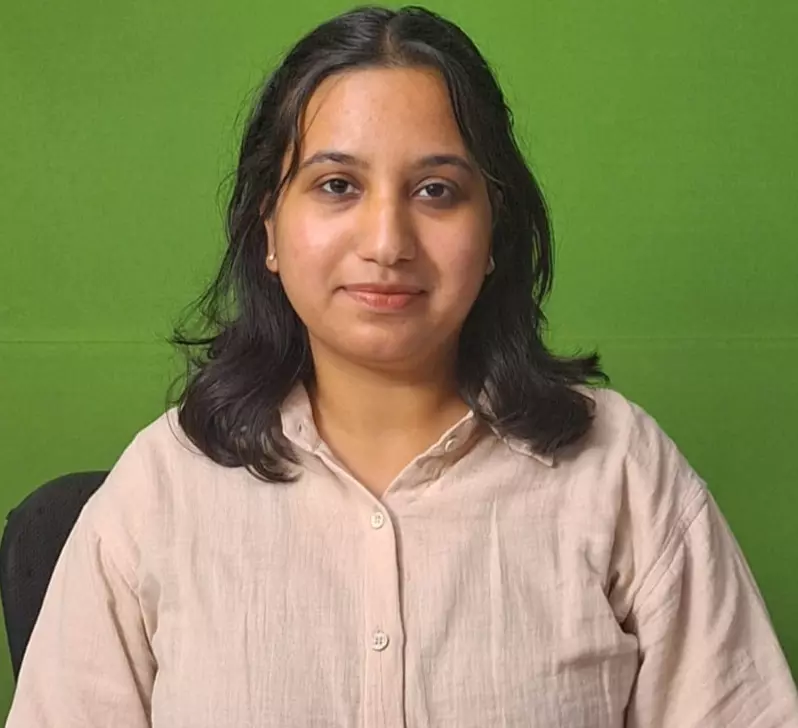Experts Discuss Rising Obesity and Heart Failure in Indian Women at National Conference in Delhi

New Delhi: Cardiologists and healthcare professionals from across the country gathered in Delhi to address the increasing prevalence of obesity and heart failure among women, calling for urgent changes in how these conditions are prevented, diagnosed, and treated.
The discussion highlighted the growing concerns over the rising prevalence of obesity and heart failure in women, underscoring the urgent need for structural changes in prevention, diagnosis, and treatment strategies. This took place during the National Conference on Obesity and Heart Failure in Women, held in the capital.
The event was inaugurated by Delhi Chief Minister Ms Rekha Gupta and Health Minister Dr Pankaj Kumar Singh, and was hosted by the Indian Medical Association, New Delhi Branch (IMA NDB) in collaboration with AACIO, ISCU, WHA, and the Healthy Heart Society, with academic support from IPCA Laboratories.
As part of the program, 400 women doctors were recognized for their contributions to healthcare.
Insights and recommendations shared during the conference will be compiled into a National Consensus on Obesity and Heart Failure in Women, which will be published in the Journal of the Association of Physicians of India (JAPI). The document is intended to guide evidence-based and gender-responsive practices in cardiac care.
The conference also included the release of the IMA NDB Innovation Year Book 2025, which highlights recent developments in cardiometabolic health and outlines emerging approaches to prevention and treatment.
“Obesity is not just a cosmetic or lifestyle issue it has become the most under-recognized cardiovascular risk factor in women,” said Dr H K Chopra, National Organising Chairman and Chief Scientific Advisor, IMA NDB, “Over 41% of Indian women are obese, and this isn’t just excess weight—it’s a precursor to heart failure, stroke, and sudden cardiac death. Visceral fat, especially in women, triggers hormonal and inflammatory changes that are often invisible in early stages. We need diagnostics and therapies built around women—not retrofitted from male models.”
“More women are entering cath labs with advanced cardiac dysfunction driven by obesity but often without classic symptoms,” said Dr Viveka Kumar, Vice Chairman & Chief of Cath Labs (Pan Max), Cardiac Sciences, “Women are more likely to develop heart failure with preserved ejection fraction (HFpEF), a condition obesity accelerates. The challenge is that these women rarely show textbook signs, leading to under-diagnosis. We need new clinical pathways and earlier community screening programs tailored to women’s symptom profiles.”
“Obesity alters both the mechanical and electrical function of the heart and in women, this creates a perfect storm for arrhythmias,” said Dr Vanita Arora, India’s first female electrophysiologist and senior heart rhythm expert, “Obese women are significantly more prone to atrial fibrillation and other rhythm disorders, especially during hormonal transitions. Yet, current protocols overlook the need for preventive electrophysiological screening in women. Gender-specific risk profiling must become standard clinical practice.”
“Heart failure in women continues to be under-prioritized because of male-centric evidence,” said Dr J P S Sawhney, Chairman, Department of Cardiology, Sir Ganga Ram Hospital, “Most heart failure guidelines are based on studies with less than 25% female representation. As a result, many women receive delayed or suboptimal care. This is not just a clinical gap, it is a systemic one. India must lead the way in reshaping heart failure education, trials, and treatment through a gender-responsive lens.”


